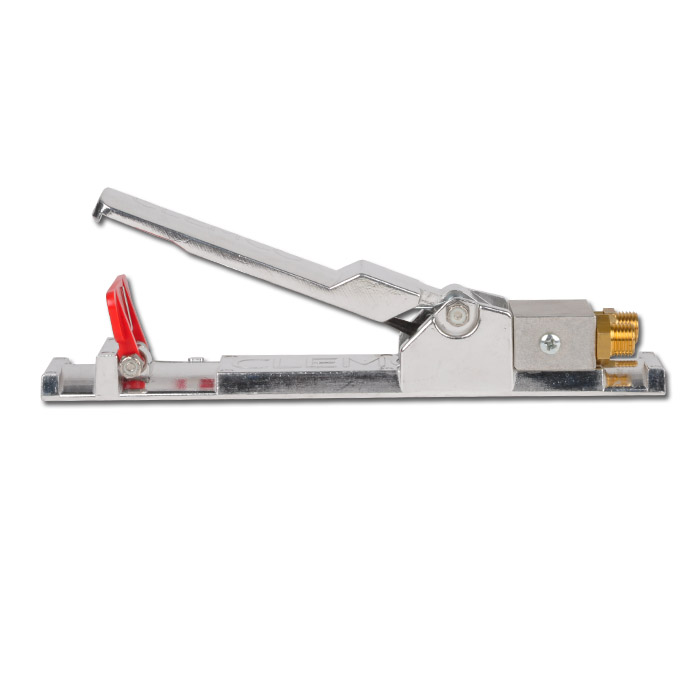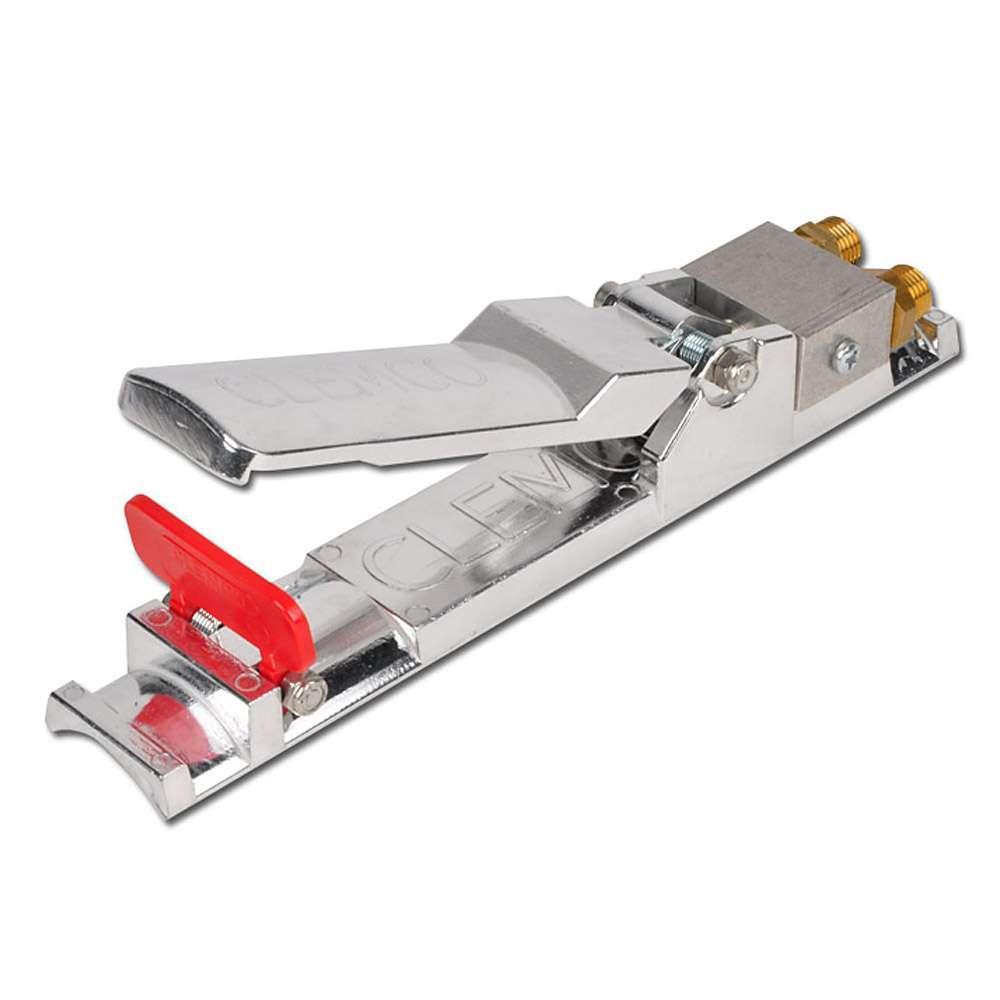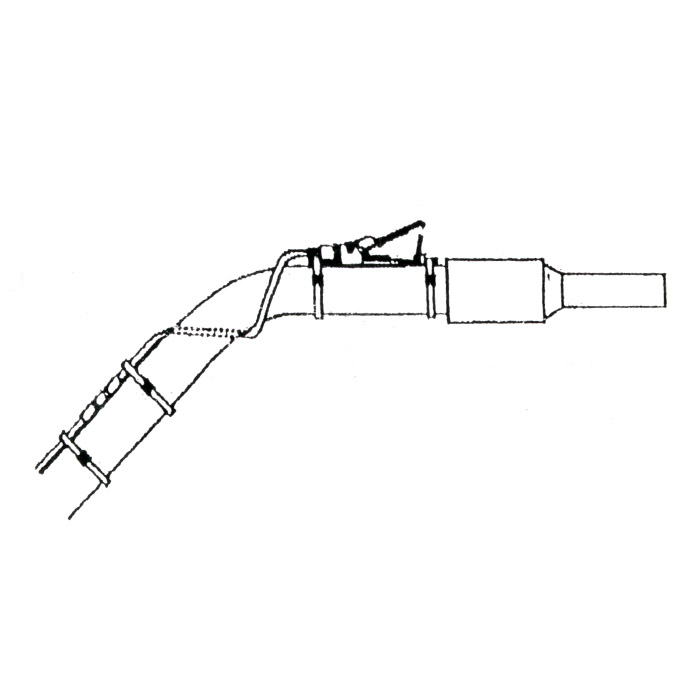
Deadman Handle
Product Details:
- Function Deadman Handle
- Color Silver
- Reusable Yes
- Click to View more
Deadman Handle Price And Quantity
- 1850.0 INR/Piece
- 1 Piece
Deadman Handle Product Specifications
- Silver
- Yes
- Deadman Handle
Deadman Handle Trade Information
- C a s h i n A v e ( D ) ] C I ' [ ' C a s h A d v a n c e ( C A ) ' ' a n c , d
- 100 Piece Per Month
- 5 Days
- [ ' A l l I n d ] i a '
Product Description
Pneumatic Deadman Handle for Sandblasting Machines: A Safety Essential
What is a Deadman Handle?
A deadman handle is a critical safety device used in sandblasting operations. It's a mechanism that controls the flow of abrasive media to the blasting nozzle by controlling the air supply to the blasting machine.
How it Works:
- Pneumatic Operation: The deadman handle operates pneumatically, utilizing compressed air to control the flow of abrasive material.
- Activation/Deactivation: When the operator presses and holds the deadman handle, it activates a pneumatic valve, allowing compressed air to flow to the blasting machine and initiate the blasting process. Releasing the handle immediately stops the flow of air, deactivating the blasting process.
- Remote Control: The deadman handle typically operates a remote-control valve, allowing for safe operation from a distance.
Key Safety Features:
- Operator Safety: The primary function of the deadman handle is to ensure operator safety. By requiring constant operator input, it minimizes the risk of accidental blasting and potential injuries.
- Controlled Blasting: Allows for precise control over the blasting process, enabling the operator to start and stop the flow of abrasive media as needed.
- Reduced Risk of Equipment Damage: Prevents uncontrolled blasting that could damage the blasting machine or surrounding equipment.
Types of Deadman Handles:
- Pneumatic: The most common type, utilizing compressed air for operation.
- Electric: Some systems may utilize electric signals to control the blasting process.
Importance in Sandblasting:
Sandblasting operations often involve high pressures and potentially hazardous materials. The deadman handle is an essential safety component that:
- Minimizes the risk of accidental blasting.
- Provides operators with greater control over the blasting process.
- Enhances overall safety in the workplace.
Conclusion:
The deadman handle is a crucial safety device in any sandblasting operation. By incorporating this safety feature, operators can work more safely and efficiently while minimizing the risk of accidents and injuries.

Price:
- 50
- 100
- 200
- 250
- 500
- 1000+









